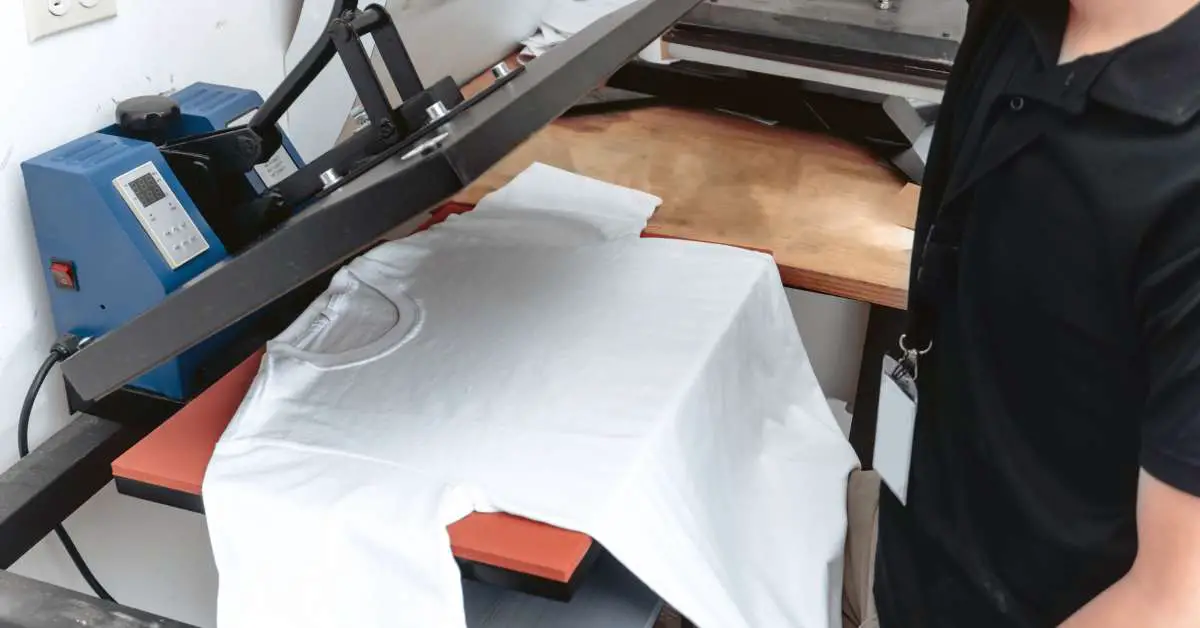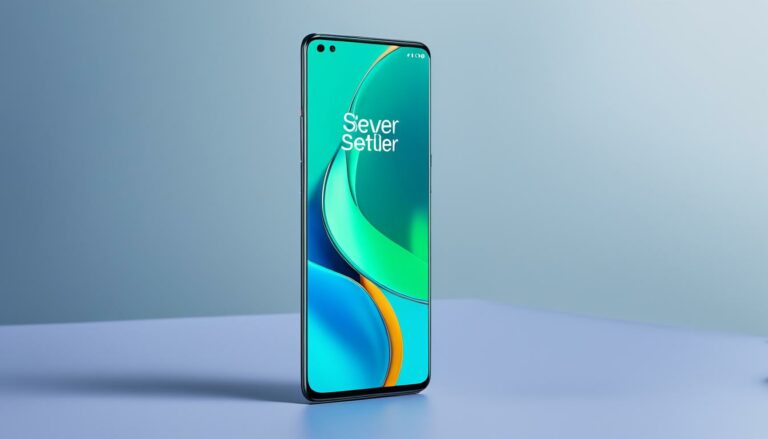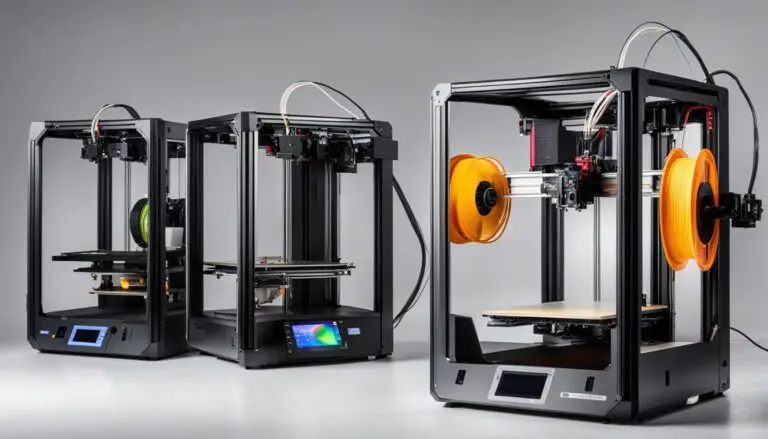How to Sublimate Shirts? Dye Sublimation Tips and Tricks
Originally posted on September 8, 2023 @ 1:53 pm
Thank you for choosing our detailed, easy-to-follow tutorial on sublimating shirts. Whether you’re new to the world of DIY or an experienced hand, we will guide you through the process of turning plain shirts into unique and colorful pieces of wearable art.
Sublimation printing offers endless possibilities, and in this article, we’ll walk you through the entire process, from choosing the right materials to mastering the technique. Get ready to elevate your wardrobe and express your unique style through sublimated shirts!
What Do You Need to Do Sublimation on Shirts?
To do sublimation on shirts, you’ll need the following:
- Sublimation Printer: A specialized best sublimation printer designed for sublimation printing. set the printer settings as recommended
- Sublimation Ink: Sublimation dyes cartridges compatible with your printer are in the ink tanks.
- Sublimation Paper: Specially coated paper that holds the sublimation ink.
- Heat Press: A heat press machine with adjustable temperature and pressure settings.
- Polyester or Poly-Blend Shirts: Shirts made of at least 50% polyester or polyester-coated for best results.
- Graphics Software: Software like Adobe Photoshop or CorelDRAW to create or edit your designs.
- Heat-Resistant Tape: To secure the sublimation paper on the shirt.
- Lint Roller: To ensure the shirt is clean and free of debris before printing.
- Protective Paper: To prevent ink from sticking to the heat press.
With these tools and materials, you can create vibrant and long-lasting sublimated designs on shirts.
Process Used – How to Sublimate a Shirt? What Is the Process of Sublimation Shirts?
- Use a Lint Roll on the Garment: Start by ensuring your shirt is clean and free from any lint or debris like pet hair. A lint roller will help you achieve a smooth, even surface for sublimation.
- Pre-press The Shirt: Pre-pressing the shirt with light pressure helps eliminate wrinkles and moisture, ensuring a better sublimation outcome. Place the best shirts on the heat press and apply gentle pressure for a few seconds.
- Use Heat Resistant Tape to Secure the Sublimation Paper: Secure the sublimation paper with heat-resistant tape to prevent it from shifting during the heat press process of transferring the special ink from the converted printer. Make sure it’s properly aligned with your design area.
Print The Design – How Can I Print The Design for Sublimation Shirts?
Printing your design requires special sublimating ink and paper. Ensure you have a design ready and print it using a printer compatible with the ink.
For those new to sublimation, consider using a Cricut machine for precise design cutting and Easy Learning Curve software. This device simplifies the sublimation design process. ensure best printer settings recommended.
Press Your Sublimation Print
- Place the printed sublimation paper with the design face down on the shirt. Make sure to use lint roll on the shirt.
- Read the heat press instructions to set the recommended temperature and time settings. Typically, sublimation requires high heat (around 380°F or 193°C) and a pressing time of 45-60 seconds.
- Carefully position the shirt and high quality sublimation paper or butcher paper inside the heat press, ensuring the sublimation design area is centered.
- Close the heat press and apply even medium pressure. The heat and pressure will cause the ink to sublimation transfer from the paper to the custom shirts.
- Once the pressing time is up, carefully lift the heat press and remove the sublimation paper.
- Allow the shirt to cool down before handling it.
By following these steps and using the recommended heat press settings, you can achieve a vibrant and long-lasting sublimated a shirtdesigns on your poly blend shirt. Whether you’re a beginner or an experienced DIY enthusiast, sublimating shirts are a creative way to personalize your wardrobe.
Does the Setting for Image Quality Matter?
Yes, the setting for image quality does matter in the sublimate printing of T-shirts. The image quality setting you choose can significantly impact the final result of your own sublimation shirt print. Here’s why it’s important:
Resolution
Higher image quality settings typically result in higher-resolution prints. For sublimate printing, a higher resolution is generally preferred, as it ensures that the printed image or design appears sharp and vibrant on the T-shirt. Low-resolution images can lead to pixelation and a lack of detail in the final print.
Color Vibrancy
Higher image quality settings can capture a wider range of colors and gradients. This is crucial for sublimating printing, as it allows you to reproduce intricate designs and vibrant colors accurately. Lower-quality settings may result in dull or faded colors.
Durability
Sublimation printing relies on the ink turning into a gas and bonding with the fabric. Higher-quality images are better at retaining their detail and color even after the dye sublimation printing process. This means the print will be more durable and less likely to fade or wash out over time.
Professional Appearance
If you’re aiming for a professional-looking sublimation print, using high image quality settings is essential. It ensures that the final product meets or exceeds the standards expected in the world of custom sublimated apparel.
Customer Satisfaction
If you’re creating sublimated T-shirts for customers or clients, using high-quality images will likely lead to higher customer satisfaction. People expect clear, detailed, and vibrant prints when purchasing custom-designed shirts.
Can I Wash a Shirt After Sublimation?
Yes, you can wash a shirt after sublimation. In fact, sublimation is known for its durability and colorfastness in washing. The ink bonds with the fabric’s natural fibers during the heat transfer process, making it a permanent part of the shirt.
Sublimate a shirt prints can withstand numerous washes without fading, cracking, or peeling, as long as you follow proper care instructions. It’s typically recommended to wash sublimated shirts in cold water, use mild detergent, and avoid bleach and fabric softeners. Line drying or using a low-heat dryer setting is preferable to maintain the vibrancy and longevity of the sublimated design.
Why is Sublimation Better Than Other Printing Methods?
Sublimation printer offers several advantages that make it a preferred choice over other printing methods for certain applications. Here are some key reasons why sublimation is considered better than other printing methods in specific contexts:
Vibrant And Long-Lasting Prints
Sublimation transfers produce exceptionally vibrant and long-lasting prints. The ink is absorbed into the fabric’s fibers, resulting in colors that are more vibrant and less likely to fade or crack compared to other surface-applied printing methods.
Sublimation t shirts allow for all-over printing, meaning you can cover the entire garment with your design, including seams and edges. This is particularly popular in the sports and fashion industries for creating unique and eye-catching designs.
Sublimation t shirts offer consistent print quality across the entire design area, ensuring that there are no variations or imperfections often seen in screen printing or heat transfer methods. The inks are less prone to fading compared to some other printing methods, as the dye molecules bond with the Sublimation t shirt fabric’s fibers.
Sublimation can reproduce photographs and complex images with high precision and detail, making it ideal for items like photo gifts, sports jerseys, and performance apparel.
Customizable, Comfortable
These sublimation images do not create a heavy or thick layer on the fabric, as the ink becomes part of the fabric. This maintains the shirt’s softness and breathability, making it comfortable to wear.
Sublimation offers high flexibility for customization. You can print intricate, full-color designs with fine details, making it suitable for personalized and custom-designed apparel.
Unlike screen printing, which may require separate screens for each color, sublimation allows for an unlimited number of colors in the design without additional setup costs.
Ecofriendly and Fast
Sublimation t shirts are considered environmentally friendly compared to some other printing methods because they use water-based special sublimation ink, produce minimal waste, and don’t require harmful chemicals. Sublimation can have a relatively quick turnaround time, making it suitable for both small and large production runs.
What Are Alternative Options for Full Sublimation Shirts?
Alternative options for full sublimation shirts include screen-type printing, heat transfer vinyl (HTV), and direct-to-garment (DTG) printing. Screen-based printing is cost-effective for large orders but has color limitations. HTV offers flexibility in design but can feel heavy on the fabric.
DTG provides high-quality prints on a variety of fabrics but can be slower and more expensive for large quantities. Each method has its strengths and limitations, so the choice depends on your specific needs and budget.
Related: How to Sublimate on wood?
How is Sublimation Done on Light-Colored 100% Cotton Shirts or Poly Blend Shirts?
Sublimation blank custom apparel is primarily suited for polyester fabrics, sublimation dye or materials with a high polyester count. It relies on the ink bonding with the polyester fibers under high heat and pressure.
Light-colored 100% cotton shirts or poly-blend shirts are not ideal candidates for sublimation because cotton does not have the same affinity for sublimation inks. In these cases, sublimation blanks won’t produce the vibrant, long-lasting results it does on polyester shirts. For cotton shirt or poly-blend shirts, polyester shirt, and blank shirts alternative printing methods like direct-to-garment (DTG) or heat transfer techniques are more suitable for achieving quality prints.
What Kind of T-Shirt Blanks Work Best for Sublimation?
T-shirt blanks or sublimation shirt blanks made of 100% polyester or polyester blends (usually containing at least 50% polyester) work best for sublimation prints. The polyester content allows the ink to bond with the polyester fabric fibers, resulting in vibrant, durable, and fade-resistant prints.
Light-colored polyester shirts are preferable for sublimation projects, as polyester shirts allow the sublimated colors to show more vividly. It’s essential to choose high-quality, smooth, and tightly woven polyester fabrics for the best sublimation results.
How is Sublimation Done on Dark Shirts? Does Sublimation Work on Dark Shirts?
Sublimation is primarily suited for light-colored fabrics, and it doesn’t work well on black shirts. The sublimation process relies on the ink becoming part of the fabric, and on dark shirts, the ink’s vibrant colors won’t show up effectively.
Dark fabrics will interfere with the desired color vibrancy, resulting in muted or faded prints. For dark shirts, alternative printing methods like screen-based printing, heat transfer vinyl (HTV), or direct-to-garment (DTG) printing are preferred, as they allow for opaque and colorful prints that stand out on dark backgrounds. These methods use different techniques and inks designed for dark fabrics, ensuring better results.
Can You Use any Printer for Sublimation?
No, you cannot use any printer for sublimation. Sublimation requires a specialized inkjet printer known as a sublimation printer. These printers are designed to handle special sublimating ink used, which is different from standard inkjet or laser printer ink. The ink is heat-activated and transforms into a gas when exposed to high temperatures.
Sublimation printers have a unique print head, ink delivery system, and color profiles calibrated for sublimation. They also use sublimation paper, which parchment paper size is specially coated to hold the ink until it’s transferred to the fabric or other substrates.
Using a regular printer with sublimating ink can damage the printer and produce poor-quality results.
Can You Sublimate on Canvas?
Sublimation can be used on certain types of canvas, but it’s important to understand the limitations and considerations involved. Canvas materials for sublimation should have a polyester or polymer coating. Many stretched canvas products specifically designed for sublimation are available on the market.
Here’s how sublimation on canvas works:
- The canvas must have a special polyester coating to allow the sublimation ink to bond with the surface. This coating is crucial for achieving vibrant and long-lasting prints.
- Sublimation requires both heat and pressure to transfer the ink onto the canvas. The canvas is placed face-down on the sublimation paper with the printed design, and both are subjected to high heat and pressure in a heat press.
- Canvas texture may affect the level of detail and sharpness in the final print. The texture of the canvas will still be visible through the sublimated design.
- Sublimation ink on canvas is typically fade-resistant and durable, making it suitable for displaying artwork over time.
FAQs
How to print sublimation shirts?
To sublimate a cotton shirt, create or select a design, print it onto sublimation butcher paper with sublimation ink, secure the transfer paper setting to a polyester shirt with heat-resistant tape, and use a heat press to transfer the design or transfer paper onto the shirt and remove the butcher paper. Follow the recommended teflon sheet and transfer paper settings for time, temperature, and pressure. Allow to cool before handling.
Can you put sublimation on any shirt?
The same process sublimate a shirt works best on shirts made of at least 50% polyester or those with a polyester coating. Polyester fibers are necessary for the ink to bond with the white shirt fabric during the sublimation process. Cotton or natural fiber shirts are not suitable for sublimation due to their inability to hold the ink.
What machine do you need to make sublimation shirts?
To sublimate a shirt, you need a sublimation printer, sublimation ink, sublimation butcher paper, a heat press machine with adjustable settings, heat-resistant tape, and polyester or polyester-coated shirts. These tools and materials are essential for printing vibrant and durable designs on shirts using the sublimation process.
What happens if you sublimate on 100 cotton? Can you sublimate on regular shirts?
Sublimating on 100% cotton shirts won’t work effectively. Sublimate a shirt process requires polyester or polyester-blend fabrics to bond the ink with fibers. Regular cotton t shirt can’t hold sublimation ink, resulting in faded and poor-quality prints. For sublimation, use t shirt made of at least 50% polyester or polyester-coated options.
What kind of printer do you need for sublimation?
For full sublimation shirt images, you need a dedicated inkjet printer that accepts sublimation ink. Two reputable brands known for sublimation printers are Epson and Sawgrass. Epson offers models like the EcoTank series, while Sawgrass specializes in sublimation with their Virtuoso printers. These printers are designed for accurate color reproduction and work well in sublimation applications.
Can you sublimate on dark GREY shirt?
Sublimation works best on light-colored shirts. Attempting sublimation t shirt printing it on a dark grey shirt would result in muted and faded colors, as sublimation inks aren’t opaque. For dark garments, consider alternative methods like screen printing or heat transfer vinyl (HTV) for vibrant and visible designs.
Conclusion – Sublimation Shirt Printing
Sublimating shirts offer an exciting avenue for personalized and vibrant apparel design. By following the step-by-step process, from preparing your print and shirt to using the right heat press settings, you can achieve professional-quality results.
The versatility, durability, and intricate detailing of sublimation makes it a valuable technique for expressing creativity on the t shirt fabric. Whether for personal fashion statements or business ventures, sublimation printer allows you to turn plain t shirt into wearable works of art, setting you apart in the world of custom apparel.








